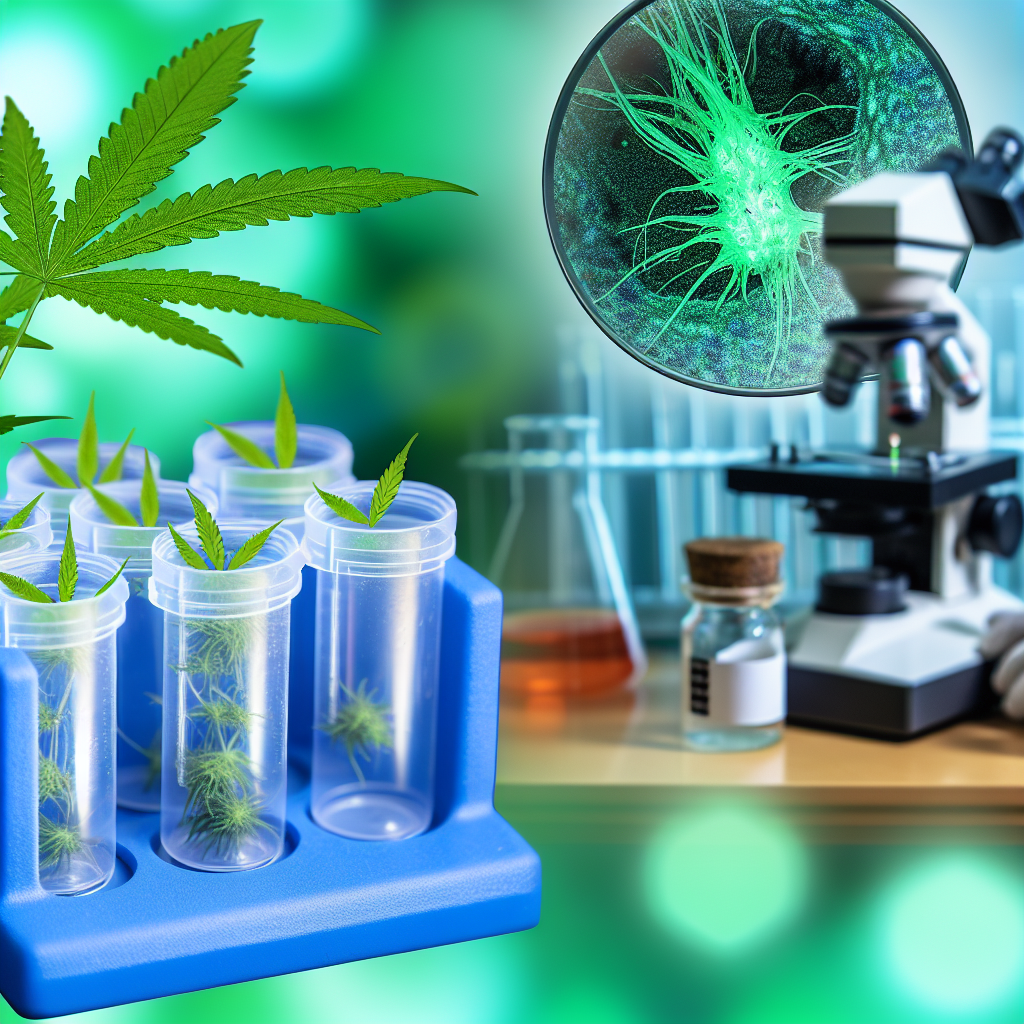Comparative Analysis: Full-Spectrum Extracts vs. Synthetic Cannabinoid Formulations
Introduction
As the cannabis industry continues to expand, consumers and healthcare professionals face increasingly difficult decisions between different types of cannabis-based therapies. Two major categories stand out: full-spectrum extracts and synthetic cannabinoid formulations. Although both aim to provide therapeutic and recreational benefits, they are derived from very different processes—one from the raw cannabis plant, and the other engineered in laboratories.
Understanding the core differences between these is vital for informed decision-making. This knowledge benefits patients, dispensary personnel, product developers, and clinicians looking to recommend or use cannabinoid-based therapies that best match individual needs related to efficacy, safety, and dosage consistency.
Full-spectrum extracts retain all naturally occurring compounds in the cannabis plant, including cannabinoids like THC, CBD, and CBG, as well as terpenes and flavonoids. The synergy between these compounds is believed to enhance therapeutic effects through what’s known as the “entourage effect.” This effect suggests that the benefit of all plant compounds working together is greater than isolated cannabinoids alone. These full-spectrum products are typically used in tinctures, oils, capsules, and topicals for treating a range of conditions from chronic pain to anxiety and inflammation.
In contrast, synthetic cannabinoids are engineered in controlled lab environments to replicate or alter the structure of natural plant-derived cannabinoids. These are found in pharmaceutical drugs like Epidiolex and Marinol. Synthetic cannabinoids are designed for precision, scalability, and regulatory compliance. However, issues of safety persist, especially in unregulated markets where illicit synthetic cannabinoids (e.g., K2, Spice) have caused severe side effects including seizures and death.
The conflict between natural and synthetic options centers on key factors: therapeutic efficacy, safety, bioavailability, consistency, and user experience. This analysis aims to break down current evidence to help guide better, more customized cannabinoid use.
Features and Supporting Professional Studies
Research has shown the potential of both full-spectrum and synthetic cannabinoid products in various medical conditions.
A major benefit of full-spectrum products is the previously mentioned “entourage effect.” A comprehensive study published in Frontiers in Plant Science (2018) affirmed that cannabinoids like CBD are more effective when accompanied by terpenes and other cannabinoids. This synergy was especially evident in the management of chronic pain, inflammation, and anxiety.
Further authenticity to this synergy is offered by a 2015 Israeli study in the journal Pharmacology & Pharmacy. In this comparison between full-spectrum CBD-rich extracts and synthetic CBD isolates for seizure disorders, the full-spectrum group outperformed the synthetic one in symptom relief and tolerability. Patients on full-spectrum required smaller doses yet experienced greater benefit, suggesting the holistic plant makeup provided superior therapeutic outcomes.
Conversely, synthetic cannabinoids offer unmatched consistency and easier formulation for controlled dosages. For instance, Epidiolex, an FDA-approved synthetic CBD, showed statistically significant reductions in seizures for patients with Lennox-Gastaut syndrome and Dravet syndrome in randomized controlled trials reviewed by The New England Journal of Medicine. Designed with pharmaceutical rigor, synthetic options like Epidiolex offer predictable pharmacokinetics and compliance-friendly formulations that can be scaled globally.
However, it’s important to distinguish between controlled synthetic formulations and illicit synthetics. Substances sold on the street under names like “Spice” or “K2” have led to severe outcomes including psychosis and organ failure. As noted in a review in the British Journal of Pharmacology, these substances often exhibit erratic interactions with the CB1 receptor in the endocannabinoid system, resulting in harmful or fatal physiological responses.
Another consideration is bioavailability, or the rate and extent a substance is absorbed into bloodstream circulation. Some synthetic cannabinoids perform better due to refined delivery systems. That said, advancements like nanoemulsions and liposomal delivery technology are improving the bioavailability even in full-spectrum extract formulations, narrowing the gap between the two product types.
The consistent regulatory framework under which synthetic cannabinoids are produced is invaluable. They’re generally easier to standardize and qualify for product licensure, making them appealing in medical spaces. However, this scientific control may strip away some of the therapeutic advantage found in the plant’s natural complexity.
Real-world use studies reflect this. A survey published in the Journal of Pain Research (2020) found that patients using full-spectrum products reported fewer negative side effects along with improved relief in managing chronic pain and mental health symptoms like PTSD and anxiety.
Conclusion
Both full-spectrum cannabis extracts and synthetic cannabinoid formulations bring unique advantages. Full-spectrum products benefit from the entourage effect and composition of multiple active compounds working synergistically. They often offer greater patient-reported efficacy and lower dosing requirements in real-world settings.
Synthetic cannabinoids, meanwhile, shine in pharmaceutical-grade precision, controlled dosage, and regulatory conformity. These traits make them ideal for clinical trials and standardized medications but may lack some of the therapeutic potential of naturally occurring compounds in full-spectrum cannabis.
As research advances, the most promising future may rest in hybrid approaches—marrying the comprehensive benefits of full-spectrum extracts with the consistency and precision of synthetic formulations. The goal remains clear: to create the safest, most effective cannabis-based therapies for diverse user needs.
Concise Summary
This article compares full-spectrum cannabis extracts to synthetic cannabinoid formulations. Full-spectrum products leverage the entourage effect of natural compounds to provide enhanced therapeutic benefits for conditions like pain, anxiety, and epilepsy. They are often preferred for holistic wellness, user satisfaction, and lower side effects. Synthetic cannabinoids, such as those in FDA-approved drugs, offer precision, consistency, and regulatory compliance, making them suitable for clinical applications. However, illicit synthetic cannabinoids pose serious safety risks. Both options have distinct roles in medical cannabis, and future success may lie in combining the advantages of each for optimal therapeutic outcomes.
References
1. https://www.frontiersin.org/articles/10.3389/fpls.2018.00909/full
2. https://file.scirp.org/pdf/PP_2015021016351567.pdf
3. https://www.nejm.org/doi/full/10.1056/NEJMoa1611618
4. https://bpspubs.onlinelibrary.wiley.com/doi/full/10.1002/prp2.497
5. https://www.dovepress.com/full-spectrum-cannabis-extracts-experienced-by-medical-users-peer-reviewed-article-JPR




